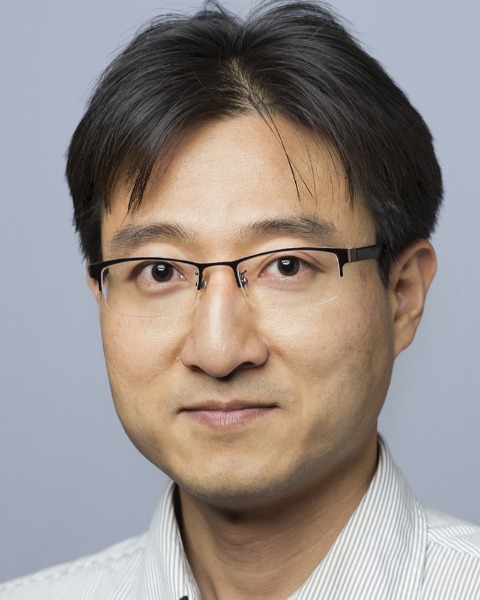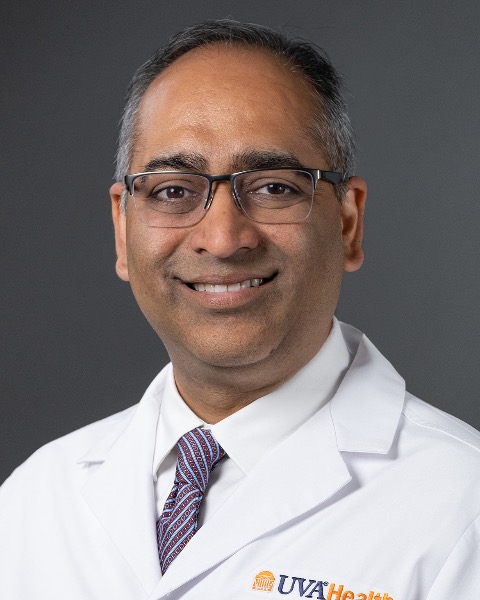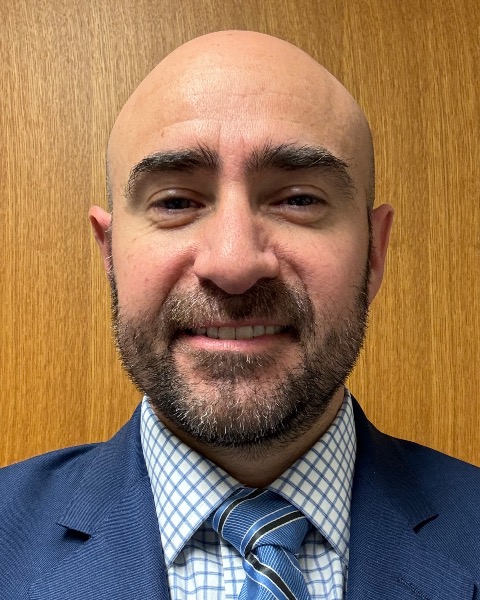Rapid Fire Abstracts
"Wideband late gadolinium enhancement (LGE) sequence for assessment of myocardial scarring in ICD Patients: a prospective study" (RF_SA_451)
- MD
Maria Davo-Jimenez, MD
Clinal Research Associate
Northwestern University - MD
Maria Davo-Jimenez, MD
Clinal Research Associate
Northwestern University - CT
Cagdas Topel, MD
MD
Northwestern University - DJ
Dania Jaamour, BA
Medical Student
Northwestern Feinberg School of Medicine - GA
Golnoosh Ansari, MD
MD
Duke - DB
Dima Bishara, MSc
Graduate
Northwestern University - JZ
Jeffrey Zhao, MD
Postdoctoral research fellow
Northwestern University 
KyungPyo Hong, PhD
Research Assistant Professor
Northwestern University
Amit R. Patel, MD
Professor of Medicine
Division of Cardiology, University of Virginia Health System, Charlottesville, Virginia, USA.
Jeremy D. Collins, MD
Professor of Radiology
Mayo Clinic
Northwestern University- BK
Bradley P. Knight, MD
Professor
Northwestern University 
Dan Kim, PhD
Professor & Associate Vice-Chair for Research (Radiology)
Northwestern University
Northwesern
Daniel Lee, MD, MSc
Professor of Medicine and Radiology
Northwestern University Feinberg School of Medicine
Northwestern
Presenting Author(s)
Primary Author(s)
Co-Author(s)
While an implantable cardioverter-defibrillator (ICD) can prevent sudden cardiac death, it does not prevent worsening of the underlying structural heart disease. Therefore, late gadolinium enhancement (LGE) is often necessary to reassess myocardial scar infiltration in ICD patients, particularly with new ventricular arrhythmias and/or worsening left ventricular (LV) function. The diagnostic and prognostic role of LGE in patients without ICDs is well documented; however, evidence regarding wideband LGE in ICD patients is limited. The purpose of this study was to determine the myocardial scar distribution and burden in patients with ICDs.
Methods: Symptomatic ICD patients referred for clinical cardiac magnetic resonance (CMR) were prospectively included between December 2020 and February 2024. Past medical history is summarized in Table 1. The CMR protocol included cine imaging, wideband LGE and wideband T1 mapping. Two specialists (a cardiologist with 1 year of experience in CMR and a radiologist with 5 years) independently analyzed LGE, blinded to the clinical history. The most complex cases were reviewed with a CMR expert ( > 20 years of experience). The LGE classification was used to identify six different types of LGE: subendocardial, subepicardial, right ventricular insertion point, mid-wall patchy, mid-wall striae, and diffuse. LGE burden was estimated by scoring each of the 17 LV segments according to the extent of hyperenhancement. The estimated LGE% was calculated as the sum of LGE scores. Appropriate statistical tests (ANOVA for continuous variables, Kruskal-Wallis for ordinal ones with Bonferroni correction) were used to compare groups.
Results: Twenty-eight patients were included (75% male, mean age 63±11). The six different LGE patterns were grouped into three major categories: no LGE, subendocardial, and non-subendocardial LGE (Table 2). Under the “subendocardial” category, patients with subendocardial and other LGE patterns were grouped. Cardiomyopathies were divided into two groups based on clinical history: ischemic (ICM) and other cardiomyopathies. Of the patients diagnosed with ICM (n=8), all had subendocardial LGE pattern. Patients diagnosed with other cardiomyopathies (n=20) showed no LGE in 29% (n=8), non-subendocardial LGE in 36% (n=10), and subendocardial LGE in 7% (n=2) – both patients with subendocardial LGE also had areas of non-subendocardial LGE in the setting of hypertrophic cardiomyopathy. One of these cases is shown in Figure 1. No significant differences were found across LGE patterns.
Conclusion:
The wideband LGE sequence enabled assessment of myocardial scar distribution and burden in symptomatic patients with ICDs. This sequence may guide clinical decision-making in patients with ICDs presenting with cardiac symptoms such as new ventricular arrhythmia or heart failure. Studies with larger sample sizes are needed to expand the evidence in this high-risk population.

